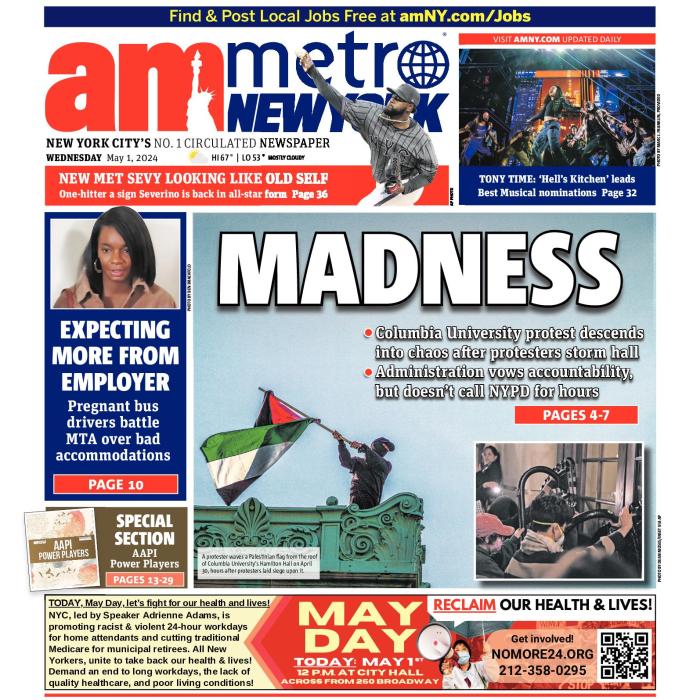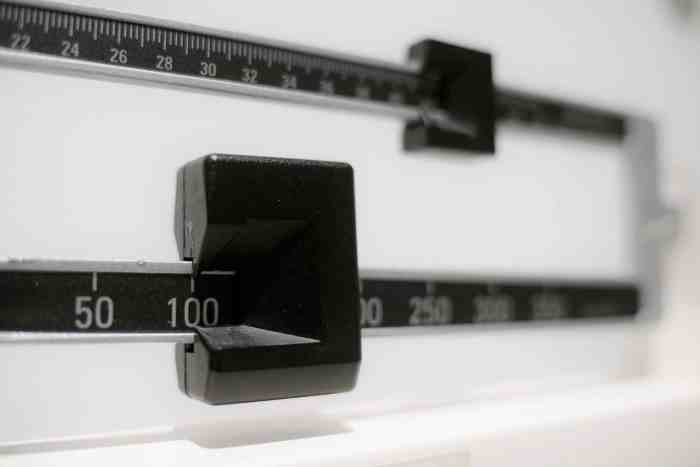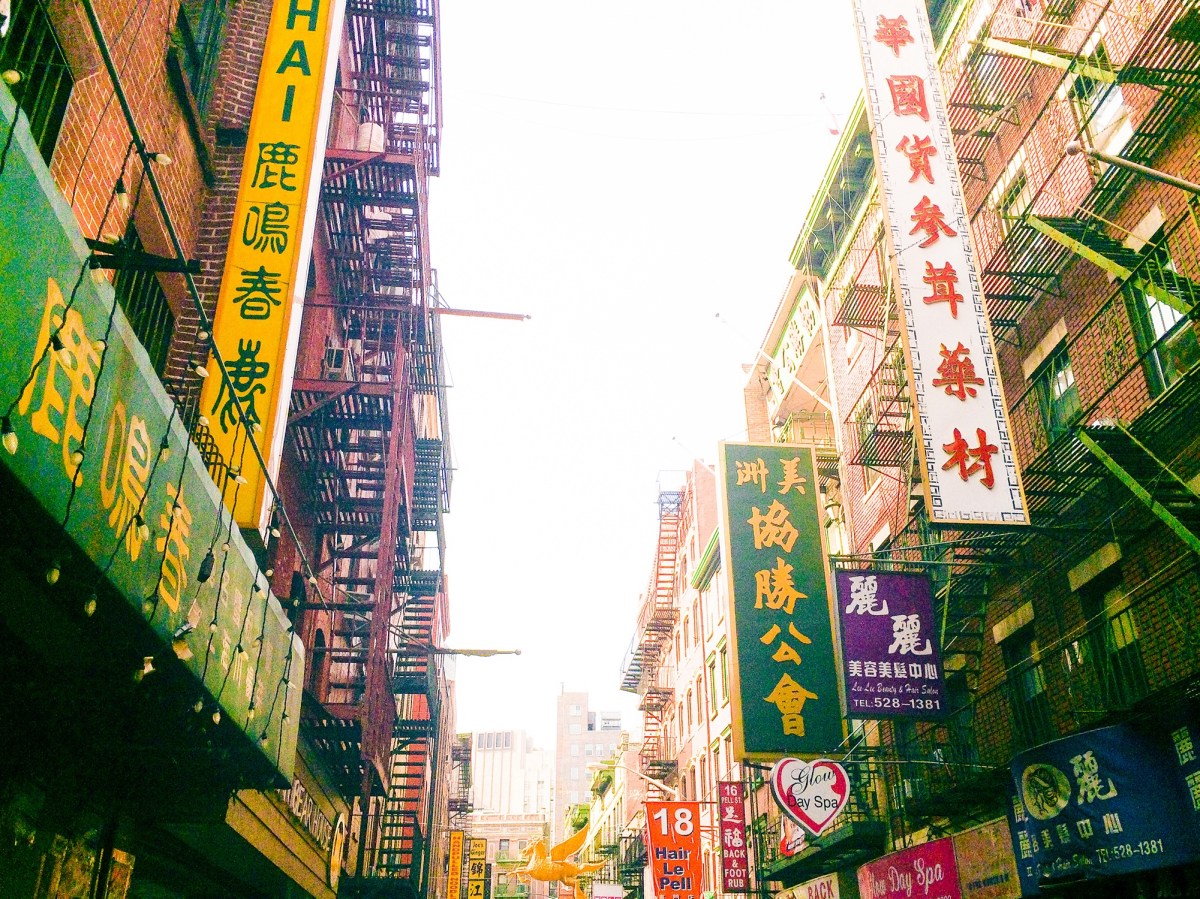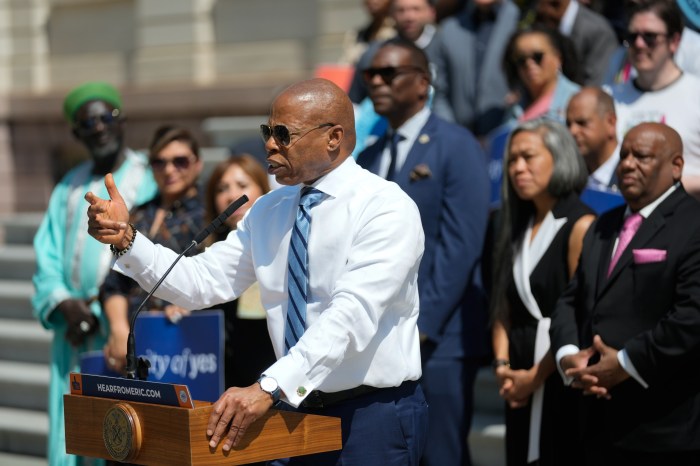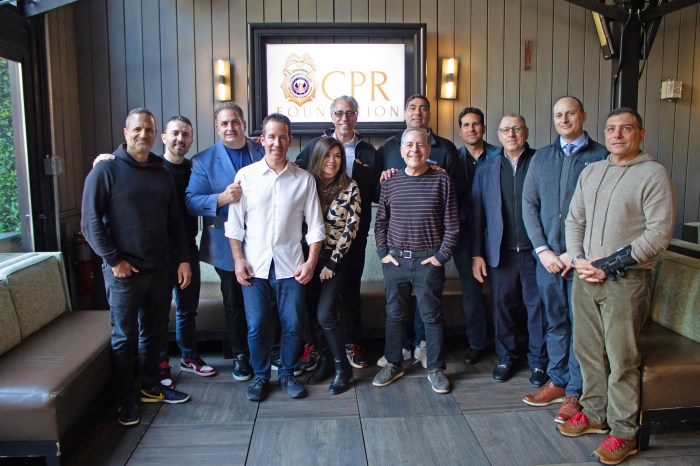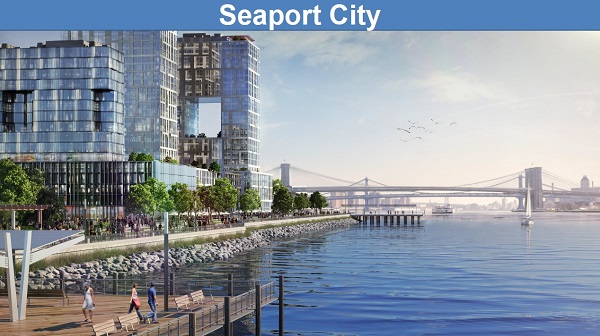
BY JOSH ROGERS |[Originally posted June 11, 2013] Mayor Mike Bloomberg today called for a study to build “Seaport City,” a new neighborhood patterned after Battery Park City, as a way to better protect Lower Manhattan from future storms.
“By installing a multi-purpose levee with raised edge elevations, the City could both protect much of the East River shoreline south of the Brooklyn Bridge from inundation and create a new area for both residential and commercial development,” read the city’s comprehensive report on storm protection. “Using the model of Battery Park City, which was designed to withstand major flooding, the City will work with local communities, businesses and property owners to explore opportunities for a new neighborhood.”
The South Street Seaport area was one of the hardest hit neighborhoods as a result of Hurricane Sandy. By contrast, Battery Park City, built on landfill on the Hudson River, had relatively little damage and most of the neighborhood did not lose power after the Oct. 29 storm, which was no longer a hurricane by the time it hit New York.
Construction of the mayor’s “Seaport City,” would require a multi-layered, lengthy environmental review process and implementation would undoubtedly be left to one of his successors as well as the governor or governors of New York.
“As bad as Sandy was, future storms could be even worse,” Bloomberg said June 11 at the Brooklyn Navy Yard. “In fact, because of rising temperatures and sea levels, even a storm that’s not as large as Sandy could – down the road – be even more destructive… We have to look ahead and anticipate any and all future threats, not only from hurricanes but also from droughts, heavy downpours and heat waves – which may be longer, and more intense, in the years to come.”
The report, “A Stronger More Resilient Report” also calls for installing “adaptable floodwalls” to protect the Financial District, Chinatown, the Lower East Side as well as other parts of the city.
The report also says:
Install Adaptable Floodwalls and Other Measures: Known as integrated flood protection systems, measures like flood walls and levees can reduce the risk of flooding during storm surges. They can also be integrated with the urban environment to provide access to the waterfront for recreational, transportation and commercial uses. The City will work to install, in a first phase, integrated flood protection systems in Hunts Point in the Bronx to protect the Food Distribution Center; on the East Harlem Waterfront along the Franklin D. Roosevelt East River Drive; at Hospital Row north of East 23rd Street in Manhattan; the Lower East Side; Chinatown; the Financial District; and in Red Hook in Brooklyn.”
One surprise in the report, available at nyc.gov, is the mayor is more open to studying river surge barriers, a concept he has disparaged as too costly in the days and months that followed Superstrom Sandy.

